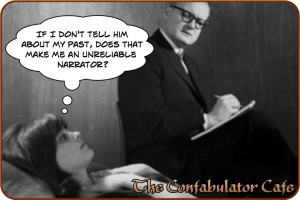I have to admit to something you might not know about me: I have a terrible memory for things I read and especially the things I write. It has to be exceptional for a detail to really stick out in my mind. Or I have to read it multiple times. So I’ve had to glance through my own posts to even remember what I’ve written.
Of my own posts, my favorite is the character interview week from the second week of October — Everything In Its Place. It was fun to write from the point-of-view of my favorite minor characters, and to explore a post-novel scenario I hadn’t really given much thought.
In fact, that was probably my favorite week to read. Check it out; it started October 8th with Jack’s Meeting With Mitch. We’ve discussed before how writers are sort of insular — I’ll write most of my novels while making every effort to avoid divulging concrete details. That particular assignment revealed a lot about not just what sort of writers we are, but the sort of characters we write.
Generically, any assignment that gets into the depth of our processes and systems is fun to read. I like seeing not just how we’re all different as writers, but how we’re also the same. Even though some of the other writers tackle genres that I don’t usually read, the process that get us all to the end product isn’t so different.
Its been a fun year, doing this with a writing family that’s supportive, fun, and talented. Here’s to another year!
